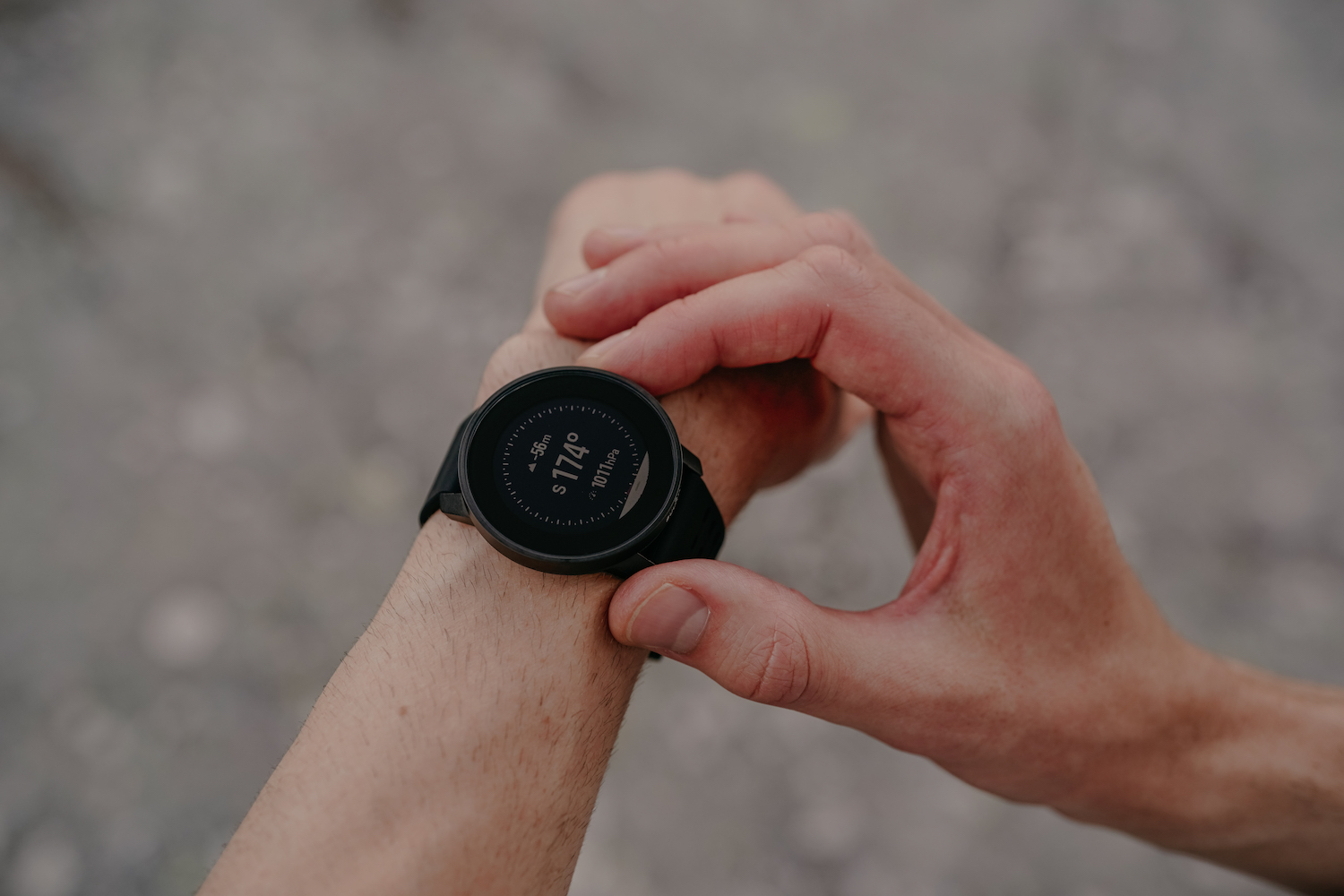Suunto 9 Peak Pro review
Can Suunto’s new 9 Peak Pro give Garmin a run for its money? Multisport watch expert James Witts investigates...

220 Triathlon Verdict
A quality watch, but not up there with the competition. Score: 77%
Pros
- Plenty of multisport features and training data
- Boosted battery life and GPS
Cons
- Navigation lags behind the best
- Small display makes screen hard to read
Suunto has arguably fallen behind the likes of Garmin and Polar in the triathlon watch market, so it was with a modicum of anticipation that I tested what the Finnish brand terms its ‘most powerful and best-performing GPS yet’.
They also deem it ‘ultra thin and tough’, which it certainly is, measuring just 43mm x 43mm x 18mm and coping with an off-season period that included regular mountain-bike sessions in the Forest of Dean.
But how ‘powerful’ is it?
How we tested triathlon watches
Our team of expert reviewers has tested each watch for at least a month. During this time they wore each watch for several runs, rides and swims in urban and rural areas and at different intensities to test GPS and HR accuracy. They also assessed battery life, comfort, screen readability, ease of use, fitness and health metrics, activity tracking and value for money. For more details, see how we rate and test products.
Suunto 9 Peak Pro features
Well, there are certainly a wealth of features for the meticulous triathlete to pore over. In the swim, it records pool pace and distance; in open water, you’re looking at distance only.
It also records heart rate, but we remain unconvinced of the accuracy of this metric in water.
On the bike, you’re looking at the usuals of distance, heart rate and, if you train by watts, power data if you have a power meter connected. As for the run, we’re talking pace, interval guidance and lap time.
That’s the basics. But what about the more advanced specifics? Or, more specifically for those who have the previous incarnation, what’s new?
Well, in the water, advancements are more for divers than swimmers, with the snorkelling mode delivering such data as depth and dive time under the surface down to 10m.
An interesting addition, but not one for multisporters. On the run side, you now have wrist-based power feedback, which will appeal to many.
You receive on-the-fly feedback, while you can also analyse afterwards in the pretty impressive Suunto app. (You can also link to a Stryd power pod, and this data will override Suunto’s.) You can add Strava Live segments for the cycling, too.
Suunto 9 Peak Pro GPS accuracy and battery life

But the major developments are more about what you don’t see with Suunto’s new GNSS chipset for improved GPS.
This is said to boost accuracy by allowing up to four concurrent systems and 32 satellites at once. It certainly held onto coverage nicely in our testing period, even during built-up runs.
Battery life’s also cranked up, with up to 40hrs in full GPS mode and 21 days for daily use. You’re also given sleep tracking, stress state, weather, an altimeter… and all powered by a new chip that’s faster than before.
Suunto 9 Peak Pro bottom line
So, that’s all good, but there are gripes. The first is the turn-by-turn navigation. While it’s accurate, it’s simply too small and parochial compared to the likes of the Garmin Forerunner 955 and the Coros Apex 2 Pro, which are full colour and routable.
In fact, those size issues are a bit of a constant with a petit display squeezed further by the outer bezel. We’re also not fans of the strap, which feels cheap for a £400-plus watch.
Suunto 9 Peak Pro specs
| Price | $249 / £315 |
| Weight | 2.26oz / 64g |
| Waterproofing | 100m waterproof |
| Display size | 1.2in |
| Battery life | Up to 21 days daily use; 40 hours GPS mode |
| GPS | Multi-band (GPS, Glonass, Galileo, QZSS, Beidou) |







